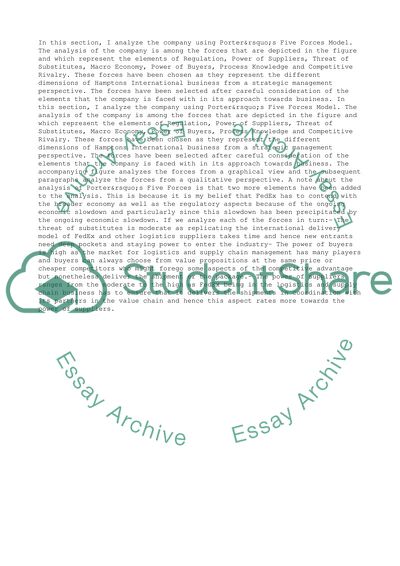Cite this document
(“Re-Framing Strategic Thinking: FedEx Case Study - 14”, n.d.)
Re-Framing Strategic Thinking: FedEx Case Study - 14. Retrieved from https://studentshare.org/management/1739411-strategic-management
Re-Framing Strategic Thinking: FedEx Case Study - 14. Retrieved from https://studentshare.org/management/1739411-strategic-management
(Re-Framing Strategic Thinking: FedEx Case Study - 14)
Re-Framing Strategic Thinking: FedEx Case Study - 14. https://studentshare.org/management/1739411-strategic-management.
Re-Framing Strategic Thinking: FedEx Case Study - 14. https://studentshare.org/management/1739411-strategic-management.
“Re-Framing Strategic Thinking: FedEx Case Study - 14”, n.d. https://studentshare.org/management/1739411-strategic-management.


